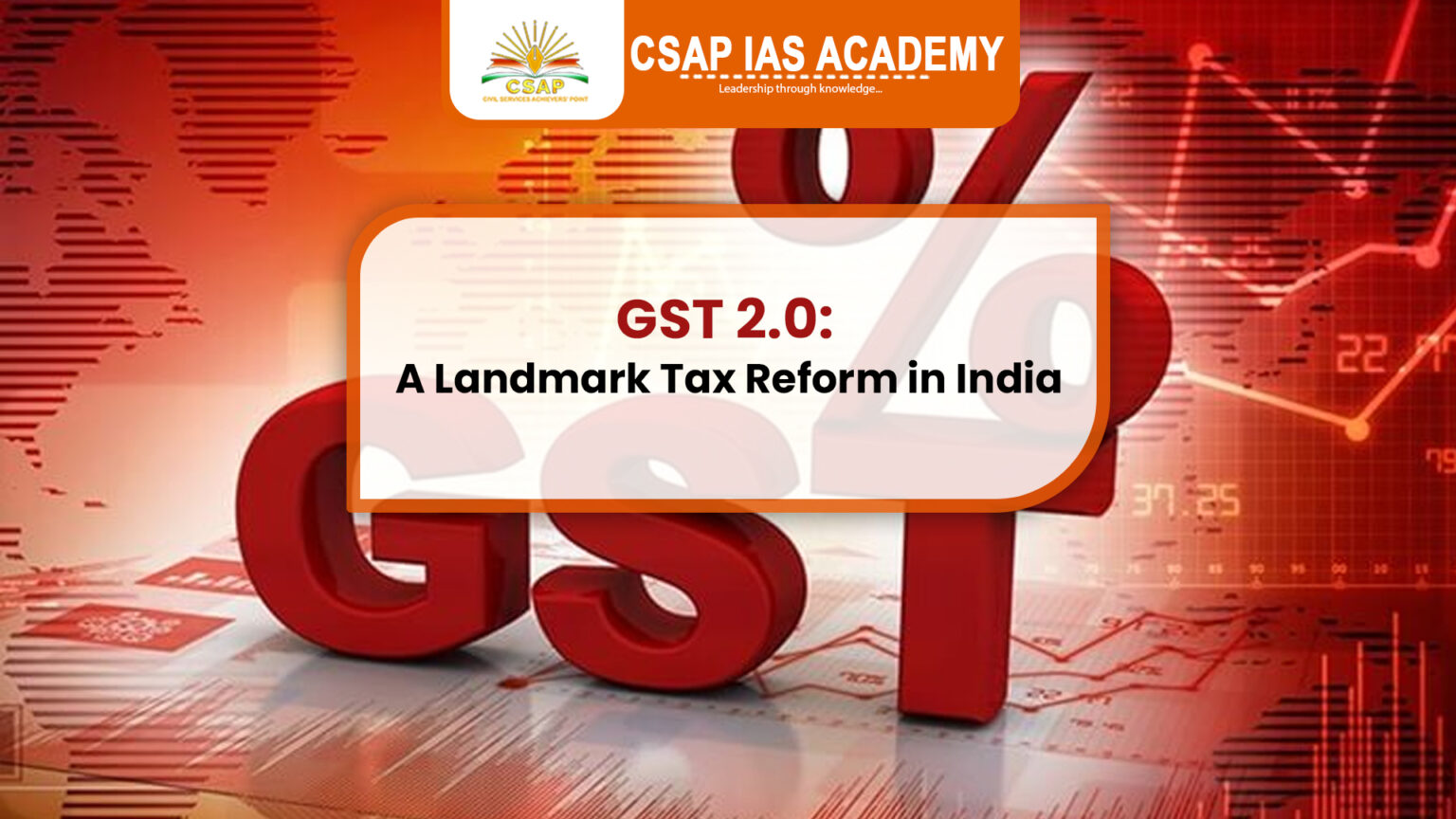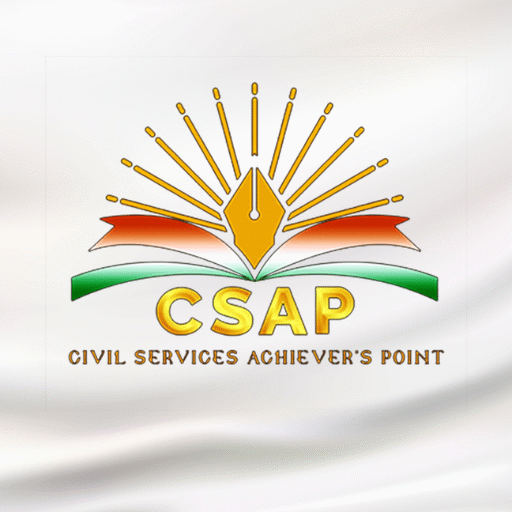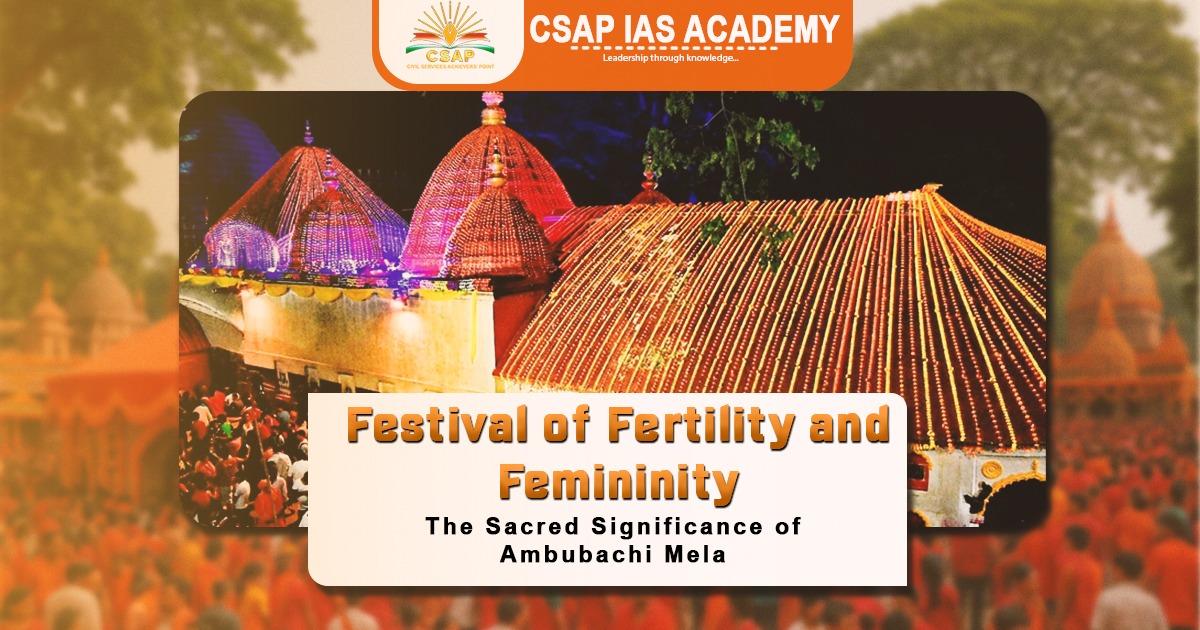The empowerment of rural women in Assam is gaining attention due to their increasing role in economic participation, Self-Help Groups (SHGs), and governance. Despite this progress, they still face significant challenges such as gender-based violence, low workforce participation, and literacy gaps. However, government initiatives and social movements are helping to bring positive changes.
A Look into the Past
Women in Assam have played a vital role in society since ancient times. In the Kamarupa Kingdom, they enjoyed social freedom and respect. Queen Prabhavati Gupta (4th century CE) is an example of a powerful woman from this period.
During the Ahom dynasty (1228–1826 CE), women were primarily confined to household roles, but they were still respected. Some, like Mula Gabhoru, fought bravely against invaders. Assamese society was progressive in some aspects—widow remarriage was allowed, and social evils like Sati and dowry were rare.
Women also played an active role in India’s freedom struggle. Figures like Kanaklata Baruah, Bhogeswari Phukanani, Sati Sadhini, Pratima Barua Pandey, and Chandraprabha Saikiani contributed significantly to the fight for independence.
Challenges Faced by Rural Women in Assam
Despite their contributions, rural women in Assam still face numerous challenges that hinder their empowerment. These challenges are primarily economic, educational, health-related, and political.
1. Economic Challenges
Women in Assam’s rural sector primarily work in the unorganized sector (9.2%), which is lower than the national average of 14.32%. Their workforce participation rate stands at 21.71%, also below the national average of 25.7%.
Moreover, women’s participation in the organized sector is minimal. This lack of financial independence makes them more vulnerable to social and economic hardships.
2. Educational Barriers
Education is a key factor in empowerment, but rural women in Assam face several obstacles in accessing it. The female literacy rate in Assam is 67.27%, lower than the male literacy rate of 78.81%.
Many rural schools lack proper infrastructure. Additionally, social restrictions on girls’ education and poverty force many young girls to drop out early, limiting their future opportunities.
3. Health Issues
Rural women in Assam also struggle with serious health challenges. The state has a high maternal mortality rate (MMR) due to limited access to quality healthcare services.
Gender-based violence is another major concern. Around 36.5% of women in Assam experience physical or sexual violence, which is slightly higher than the national average of 35.4%. The state also reports a higher incidence of sexual violence (9.6%) compared to the national rate (6.7%). Domestic violence remains a significant barrier to women’s empowerment.
4. Political Representation
Women’s representation in politics is still low. In Assam’s 126-seat Legislative Assembly, only 10.32% of elected representatives are women. Many social barriers and voter participation issues prevent women from actively engaging in politics.
However, the reservation of 33% of Panchayati Raj seats for women has helped increase their participation in local governance. This has provided them with a platform to voice their concerns and take part in decision-making processes.
A Step Towards Empowerment
Despite these challenges, various government initiatives and grassroots efforts are driving progress. Self-Help Groups (SHGs) have emerged as a strong force in empowering rural women economically. They provide financial assistance, skill development training, and entrepreneurial opportunities.
Educational programs and awareness campaigns are encouraging more girls to pursue education. Health initiatives focusing on maternal and child care are also improving healthcare access in rural areas.
Furthermore, women’s participation in politics is gradually improving. The increasing involvement of women in governance and local leadership roles is helping them break social barriers and advocate for their rights.
Conclusion
Rural women in Assam have come a long way, but there is still much work to be done. Economic independence, education, healthcare, and political representation are key areas that need continuous attention. With ongoing efforts from the government, society, and women themselves, empowerment is becoming a reality. A future where women in rural Assam can thrive, lead, and contribute equally is not just a dream—it is within reach.
Read: SKOCH Development Index
Download App:









